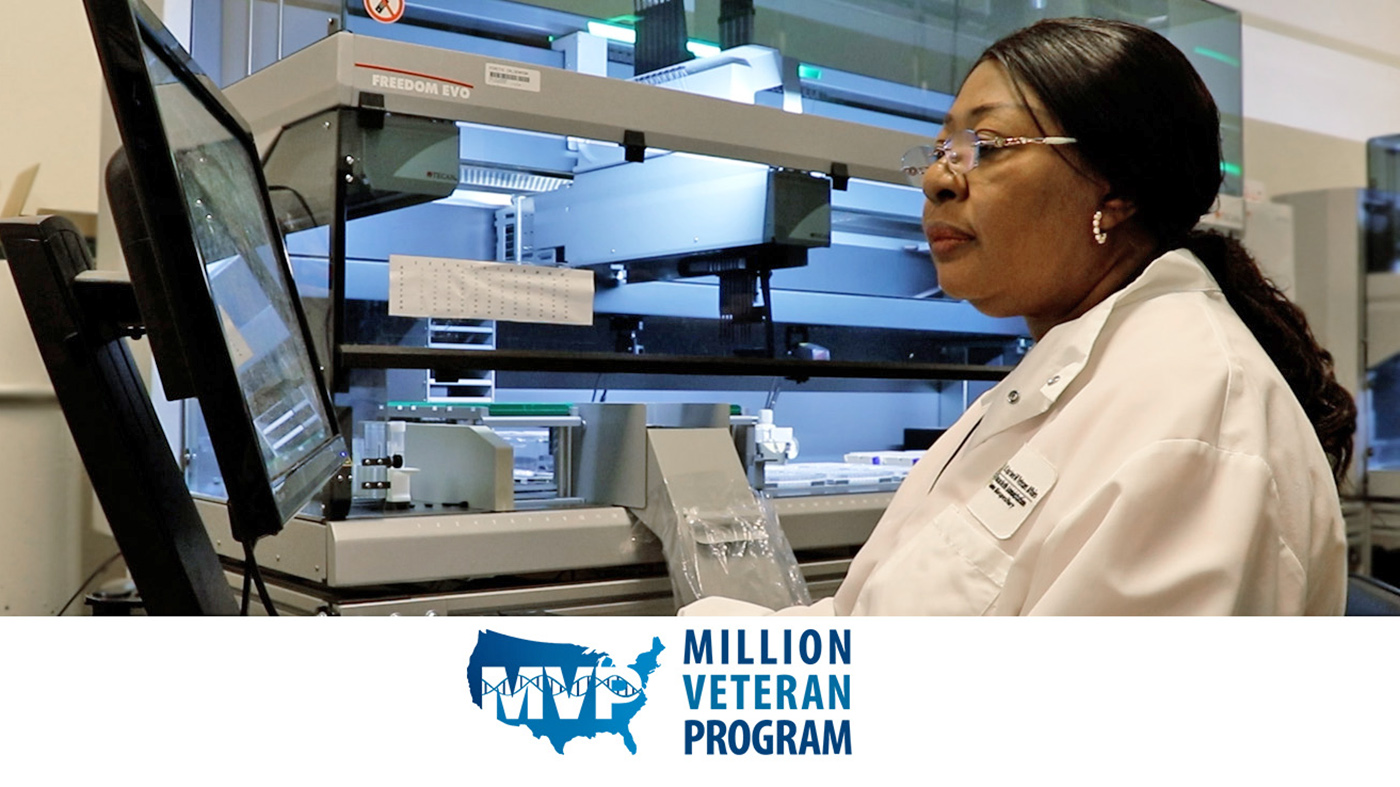On Oct. 4, 2023, President Biden announced that an additional 125,000 Americans have been approved for $9 billion in debt relief through fixes the U.S. Department of Education has made to income-driven repayment (IDR) and Public Service Loan Forgiveness (PSLF), and granting automatic relief for borrowers with total and permanent disabilities. The latest announcement brought the total approved debt cancellation by the administration to $127 billion for nearly 3.6 million Americans.
The pause on student loan payments and 0% interest ended on Sept. 1, 2023, and payments restarted in October. Through the latest updates to the administration of student loan repayments and previous provisions, many borrowers may be eligible for one or more forms of student loan debt relief.
Impact on G.I. Bill® benefits
This announcement does not impact G.I. Bill benefits. However, for many Veterans, service members and their families, this new plan may mean relief from the burden of student loans.
Public Service Loan Forgiveness (PSLF)
If you’re employed by a government or not-for-profit organization, you might be eligible for the PSLF Program. The PSLF Program forgives the remaining balance on your Direct Loans after you’ve made the equivalent of 120 qualifying monthly payments under an accepted repayment plan, while working full-time for an eligible employer.
According to the IRS, student loan amounts forgiven under PSLF are not considered income for tax purposes. You won’t be taxed by the federal government, but your state may tax you. Any debt forgiven as a result of PSLF won’t create a dederal tax liability for you. For more information, check with the IRS or a tax advisor. Learn more about the PSLF process.
Income-Driven Repayment (IDR) Plan
Most Federal student loans are eligible for at least one income-driven repayment plan. If your federal student loan payments are high compared to your income, you may want to repay your loans under an income-driven repayment plan.
Earlier this year, the SAVE plan was launched. If eligible, this plan makes borrowers’ monthly payments as low as $0 and prevents balances from growing because of unpaid interest.
Using the Department of Education’s Loan Simulator, borrowers can calculate student loan payments and choose a loan repayment option that best meets their needs and goals. You can also use it to decide whether to consolidate your student loans.
Total and Permanent Disability Discharge (TPD)
If you’re 100% disabled, you may qualify for a discharge of your federal student loans and/or Teacher Education Assistance for College and Higher Education (TEACH) Grant service obligation.
Veterans with one or more service-connected disabilities totaling 100% or who are totally disabled based on an individual unemployability rating may qualify. As well, individuals can also qualify if receiving Social Security Disability Insurance (SSDI) or Supplemental Security Income (SSI). You must also provide additional documentation to the Department of Education regarding your disability status.
The amount of your loan that’s discharged due to TPD discharge may be considered income for state tax purposes. Consult with your state tax office or a tax professional before you file your state tax return. Loans discharged between Jan. 1, 2018, and Dec. 25, 2025, will not be taxed as federal income. Borrowers can learn more about TPD online.
Resources for active duty members
If you are currently serving, there are specific resources and information that you should know. Payments made on student loans while on active-duty service may qualify PSLF. As well, any interest on student loans obtained prior to your military service is capped at 6% during periods of active duty. Check out the Federal Student Aid For Members of the U.S. Armed Forces guide for more information.
Additional resources
Borrowers are encouraged to review all the above information and reach out to the Department of Education and/or their loan servicer for specific guidance on their circumstance. For more information on student loan repayment, visit the Department of Education Federal Student Aid online.
For information on G.I. Bill benefits, visit https://www.va.gov/education/.
Topics in this story
More Stories
Seven U.S. Army soldiers, one Army Reserve soldier and two Veterans are representing Team USA at the 2024 Olympic Games in Paris, which begins today.
After a Veteran passes away, family members should report the death of the Veteran to VA as soon as possible to stop current benefits payments. If the death is not reported promptly, survivors or executors of the Veteran’s estate may have to repay any overpayments received.
The findings of this new MVP study underscore the importance and positive impact of diverse representation in genetic research, paving the way for significant advances in health care tailored to Veteran population-specific needs.







While attending full time, combined with my GI Bill, I worked 32 hours per week and graduated debt free. I then paid for my first wife, second wife, and both my children for their degrees. They worked while in school as well. No loans, just smart school choices, and working hard. So much for equality/equity.
100% agree with you Anthony